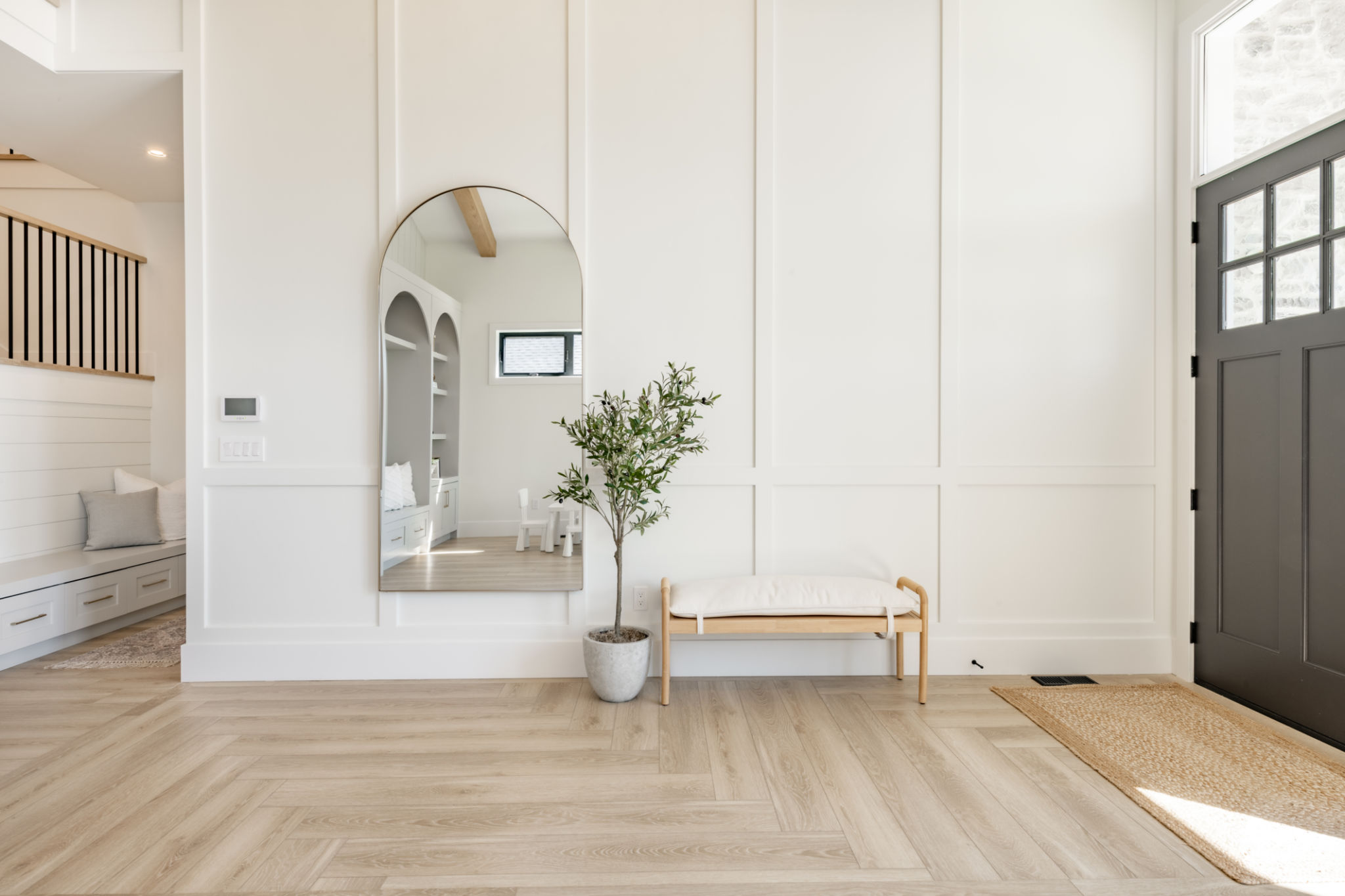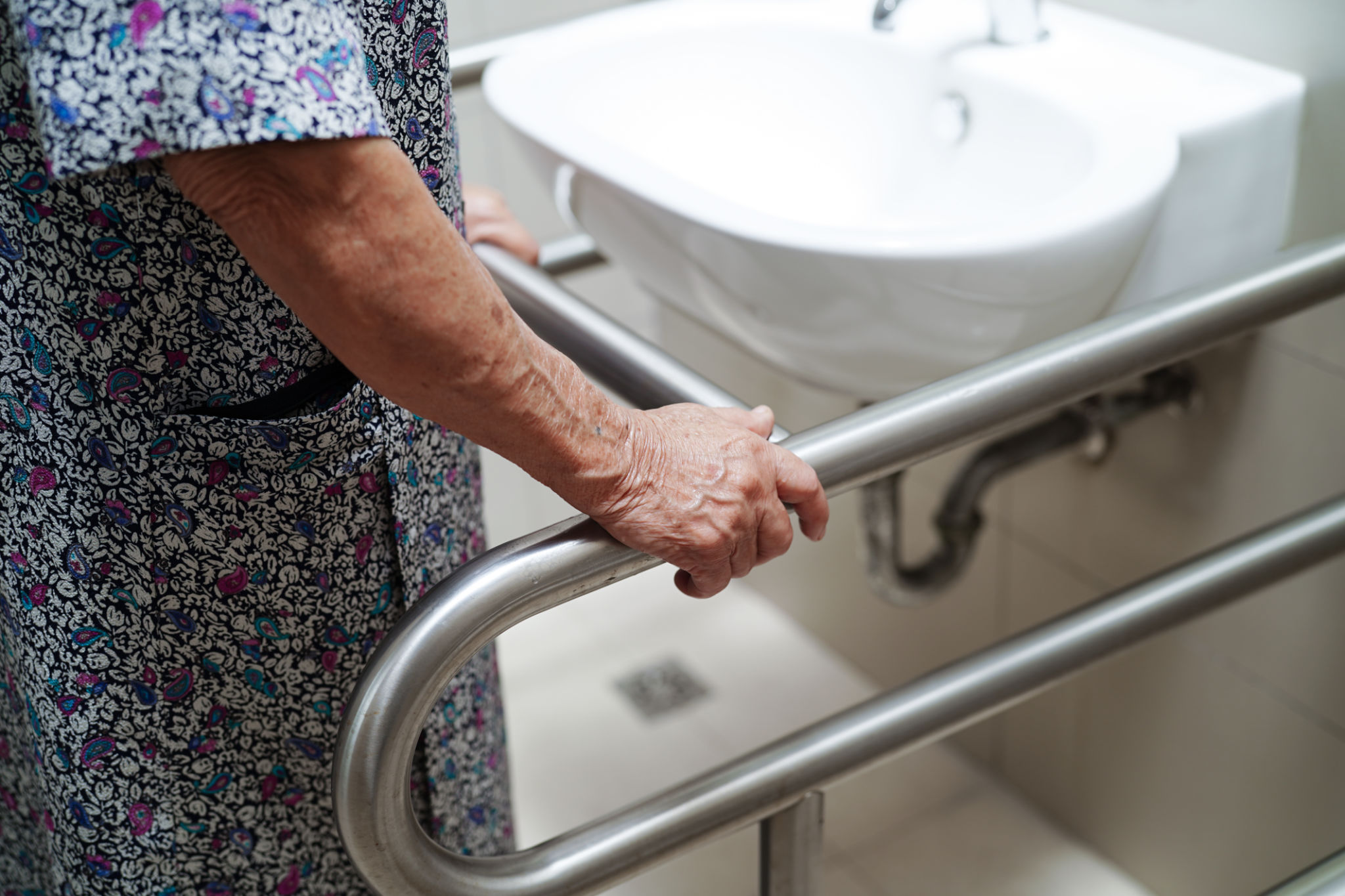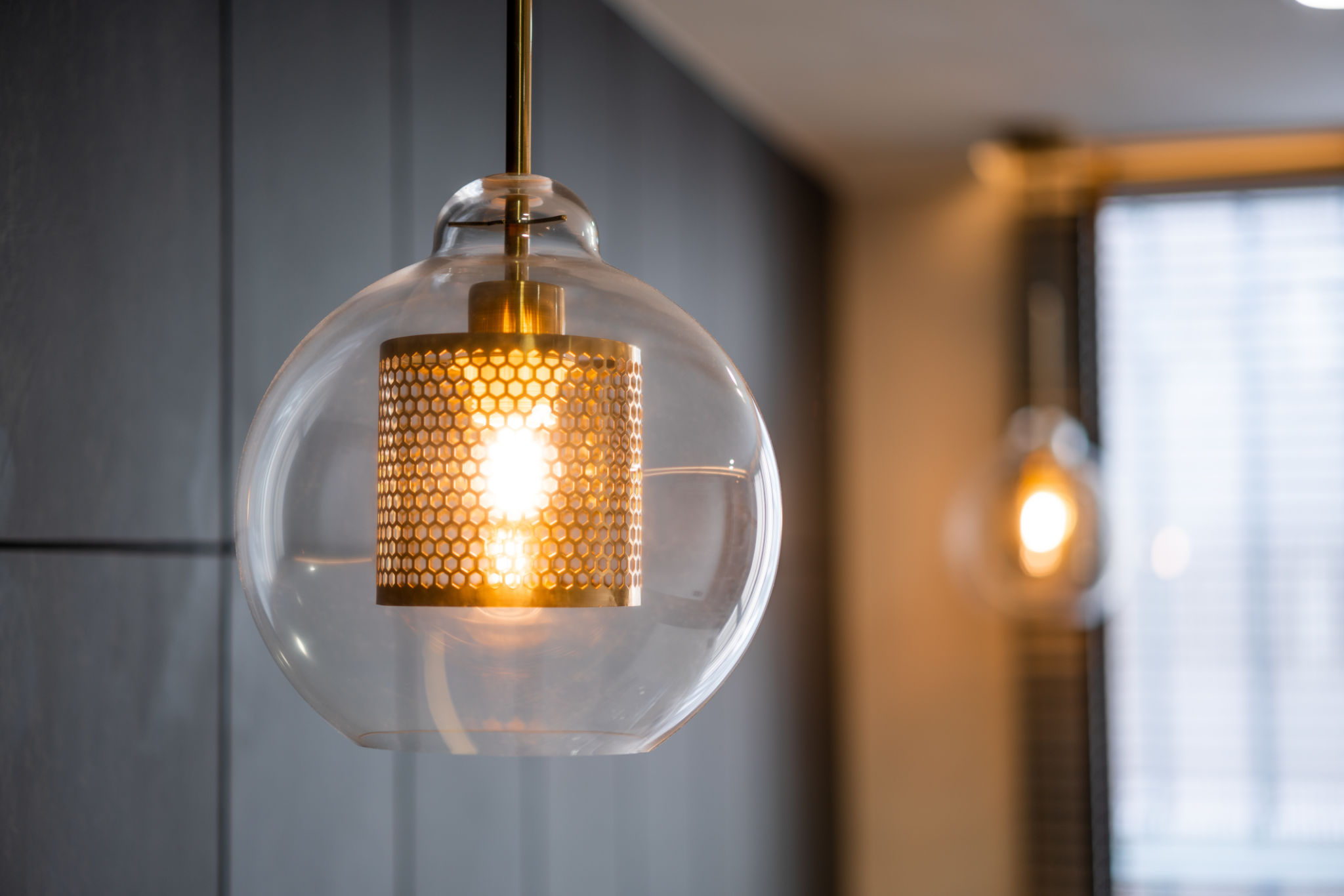Expert Tips for Designing a Safe and Accessible Home in Cleveland
Understanding the Basics of Home Accessibility
Designing a safe and accessible home is crucial for ensuring comfort and independence, particularly for individuals with disabilities or those aging in place. In Cleveland, where architectural diversity is prominent, it's essential to integrate accessibility into homes without compromising style. Whether you're renovating or building from scratch, understanding the basics of accessibility is the first step.
Accessibility begins with recognizing potential barriers in your home. Consider entryways, hallways, and bathrooms as primary areas to assess. These spaces often require modifications such as widening doorways or installing ramps. By focusing on these key areas, you can create a welcoming environment for everyone.

Entryway and Doorway Modifications
One of the most significant challenges in accessibility is navigating through entryways and doorways. Ensure that entrances are level and have a minimum width of 36 inches to accommodate wheelchairs. If steps are inevitable, consider adding a ramp with a gentle slope. Additionally, lever-style door handles are easier to use than traditional knobs.
For homes in Cleveland's snowy winters, consider heated entryway floors or covered porches to prevent slipping hazards. These features not only enhance safety but also add convenience during harsh weather conditions.

Bathroom Safety Enhancements
Bathrooms are critical areas where safety and accessibility should not be overlooked. Incorporate grab bars in showers and near toilets to provide support and prevent falls. Walk-in showers with non-slip flooring are highly recommended. Consider installing a shower bench for added comfort.
Adjustable-height showerheads and easy-to-reach shelving can make a significant difference in usability. In addition to functionality, these modifications can increase the overall value of your home while providing peace of mind.

Kitchen Design for Accessibility
The kitchen is often the heart of the home, and making it accessible can greatly enhance daily living. Lower countertops and pull-out shelves allow for easier access. Ensure that appliances are at reachable levels—side-by-side refrigerators, for example, are more accessible than top-bottom models.
Consider installing hands-free faucets and accessible storage solutions, such as lazy Susans or pull-down racks. These adjustments make cooking and cleaning more manageable tasks, fostering independence and enjoyment in the kitchen.
Lighting and Flooring Considerations
Adequate lighting throughout the home is essential for safety. Use bright, even lighting in key areas like staircases and hallways. Motion-sensor lights are a great addition for those with limited mobility, offering convenience and safety.
When it comes to flooring, opt for materials that provide traction and minimize tripping risks. Low-pile carpets or hardwood floors with non-slip surfaces are ideal choices. These options not only promote safety but also add an aesthetic appeal to your Cleveland home.

Technology Integration for Enhanced Accessibility
Incorporating smart technology can significantly boost home accessibility. Voice-activated systems allow individuals to control lighting, temperature, and security features effortlessly. Smart home devices offer personalized solutions that cater to unique needs while enhancing overall convenience.
With Cleveland's growing tech industry, integrating these advancements into your home design is easier than ever. Embrace these innovations to create a living space that is both functional and forward-thinking.